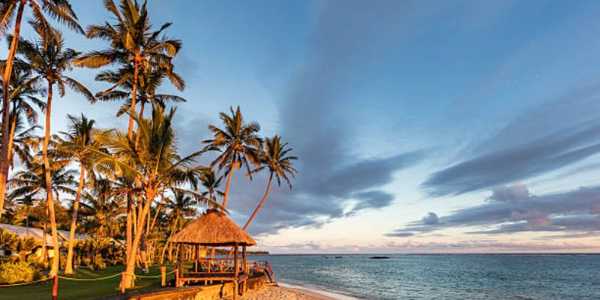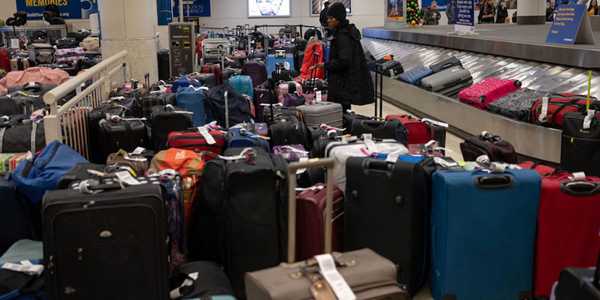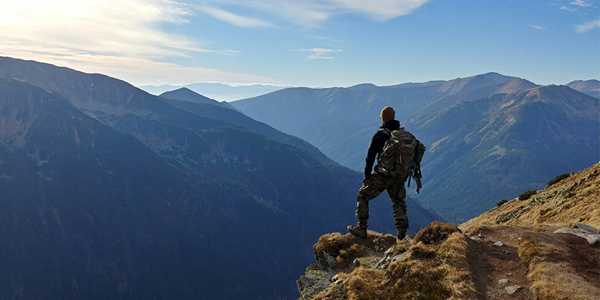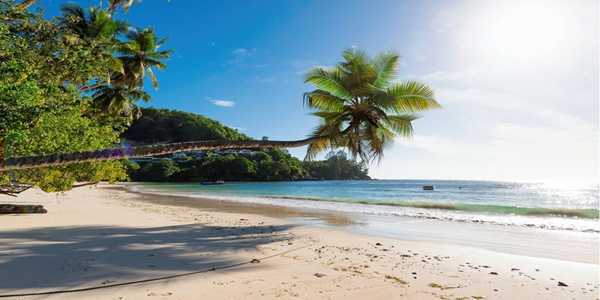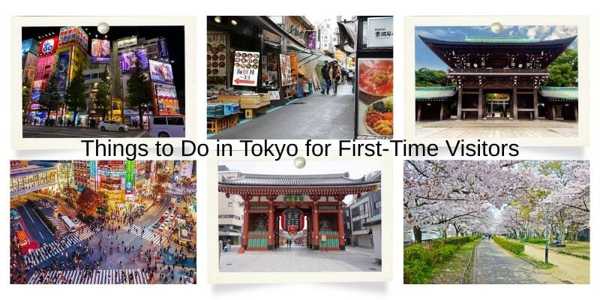Peak Season Mastery: 10 Brilliant Strategies to Outsmart Tourist Crowds
Travelling during peak season doesn't have to mean pushing through endless crowds and long lines. While many tourists feel stressed, savvy travellers know a few tricks to enjoy popular spots without the chaos. With the right approach, even the busiest destinations can feel calm and enjoyable. Below are 10 strategies to help you outsmart tourist crowds.

Strategy 1: Master the Art of Micro-Timing
Peak travel planning extends beyond choosing the right month—it demands precision down to specific days and hours.
Arriving at the Louvre on Wednesday at 9 AM rather than Saturday afternoon creates entirely different experiences. Museums, popular restaurants, and scenic viewpoints follow predictable crowd patterns that savvy travellers exploit ruthlessly.
Tuesday through Thursday represent golden windows during busy season travel periods. Weekend warriors and short-term visitors typically avoid midweek adventures, leaving attractions noticeably less congested.
This principle applies universally, from European capitals to tropical beach destinations where weekday exploration feels almost private compared to weekend chaos.
Strategy 2: Embrace the Power of Alternative Accommodations
High-season travel accommodation strategies require thinking beyond traditional hotels that jack up prices when demand peaks.
Vacation rentals in residential neighbourhoods often provide better value while offering authentic local experiences that hotel guests miss entirely. Family-run guesthouses and boutique properties frequently maintain reasonable rates even during peak periods.
Location strategy becomes crucial during crowded seasons. Staying 15-20 minutes outside city centres or popular beach areas can slash accommodation costs by 40-50% while providing easy access to main attractions.
Public transportation connections make these locations practical, and the quieter evenings offer welcome respites from tourist-heavy areas.
Strategy 3: Decode Transportation Like a Local
Tourist season tips for transportation involve understanding local commuting patterns and adapting accordingly. Rush hour timing varies globally; what works in Tokyo differs dramatically from Barcelona's rhythm. Avoiding local commute times prevents adding unnecessary Stress to already busy travel days.
Early morning flights typically face fewer delays during peak seasons, while evening departures often encounter cascading delays from busy daytime schedules. Airport arrival timing becomes critical. Arriving extra early during busy travel periods prevents missing flights due to longer security lines and check-in procedures.
Strategy 4: Revolutionise Your Dining Approach
Restaurant reservations transform from optional to essential during peak travel periods. Highly-rated establishments and restaurants with scenic locations book weeks in advance, making spontaneous dining nearly impossible. Savvy travellers research and reserve key meals before departing, treating dining as entertainment worthy of planning.
Avoiding crowds at popular restaurants involves understanding local dining customs and timing. Eating lunch at 11:30 AM or dinner at 6 PM often provides better service and a more relaxed atmosphere, while offering the same exceptional food that packed restaurants provide during conventional meal times.
Strategy 5: Unlock Attraction Secrets
High season travel demands strategic attraction planning that goes far beyond basic skip-the-line tickets. Timed entry reservations, guided tours with priority access, and combination tickets that bundle multiple attractions provide significant value during peak periods when regular admission lines stretch endlessly.
Look for hidden gems that give you the same joy without the busy crowds. Smaller museums, quiet viewpoints, and local neighbourhoods often deliver just as much value. They also let you connect more genuinely with the place, instead of spending your time pushing through groups of tourists.
Strategy 6: Leverage Technology for Real-Time Intelligence
Modern peak season travel tips incorporate smartphone apps that provide real-time crowd information, wait times, and alternative suggestions. Google Maps traffic data, attraction-specific apps, and local tourism websites offer valuable intelligence for making moment-by-moment decisions about where to go and when.
Social media monitoring provides additional crowd intelligence. Checking Instagram stories and location tags reveals current conditions at popular attractions. This real-time information helps adjust daily plans and avoid areas experiencing unexpected congestion or events.
Strategy 7: Budget for Peak Season Reality
Peak travel planning must acknowledge the financial reality of inflated pricing during popular periods. Creating budgets that account for 30-50% higher costs prevents financial Stress and allows for spontaneous experiences that enhance travel enjoyment. Value-seeking becomes particularly important when baseline prices reach seasonal peaks.
City tourism cards and multi-attraction passes often provide better value during expensive peak periods while simplifying logistics. These bundled options frequently include transportation benefits and skip-the-line privileges that become increasingly valuable as crowds intensify.
Strategy 8: Perfect Your Packing Strategy
Tourist season tips include strategic packing to anticipate crowded conditions and variable weather. Comfortable walking shoes become non-negotiable when exploring
busy destinations that require more walking and standing than typical travel experiences. Lightweight, versatile clothing adapts to changing conditions throughout long sightseeing days.
Portable chargers, reusable water bottles, and compact umbrellas prove invaluable during busy season travel when finding shops or services becomes more challenging due to crowds and higher demand for necessities.
Strategy 9: Cultivate Flexibility Within Structure
Savvy peak season travellers mix good planning with flexibility. By keeping backup options for weather changes or crowded attractions, they avoid disappointment when things don’t go as expected. Indoor spots and local markets often make great alternatives.
Avoiding crowds sometimes requires spontaneous pivots. Discovering a fascinating neighbourhood market while escaping overwhelming tourist areas often creates the most memorable travel experiences.
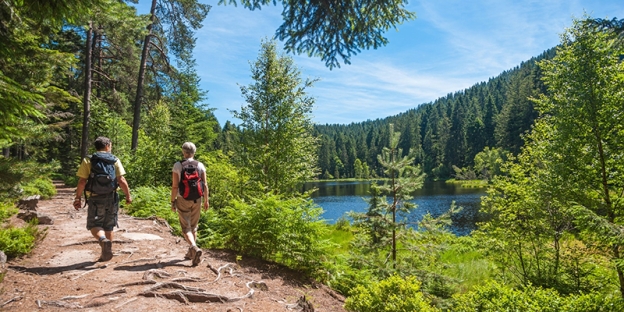
Strategy 10: Embrace Peak Season Energy
The final strategy involves shifting perspective on high-season travel challenges. Busy destinations during peak periods offer unique energy and vibrancy that empty tourist sites cannot match. Street performers appear, outdoor cafes buzz with activity, and cultural events multiply during popular travel seasons.
Smart is The Way Forward!
The smart tourism market is booming and is expected to rise by over USD 2,200 million by 2032. Today's travellers are making the most of it by using innovative tools and strategies that reduce Stress and costs while keeping the magic of each destination alive. Peak seasons are popular because places look their best during that time. The real trick is enjoying that beauty while sidestepping the usual crowds, hassles, and budget strains that catch less-prepared visitors.
Source:
https://www.fortunebusinessinsights.com/smart-tourism-market-104810
- Learned practical methods
- Solved my questions
- Inspired new ideas
